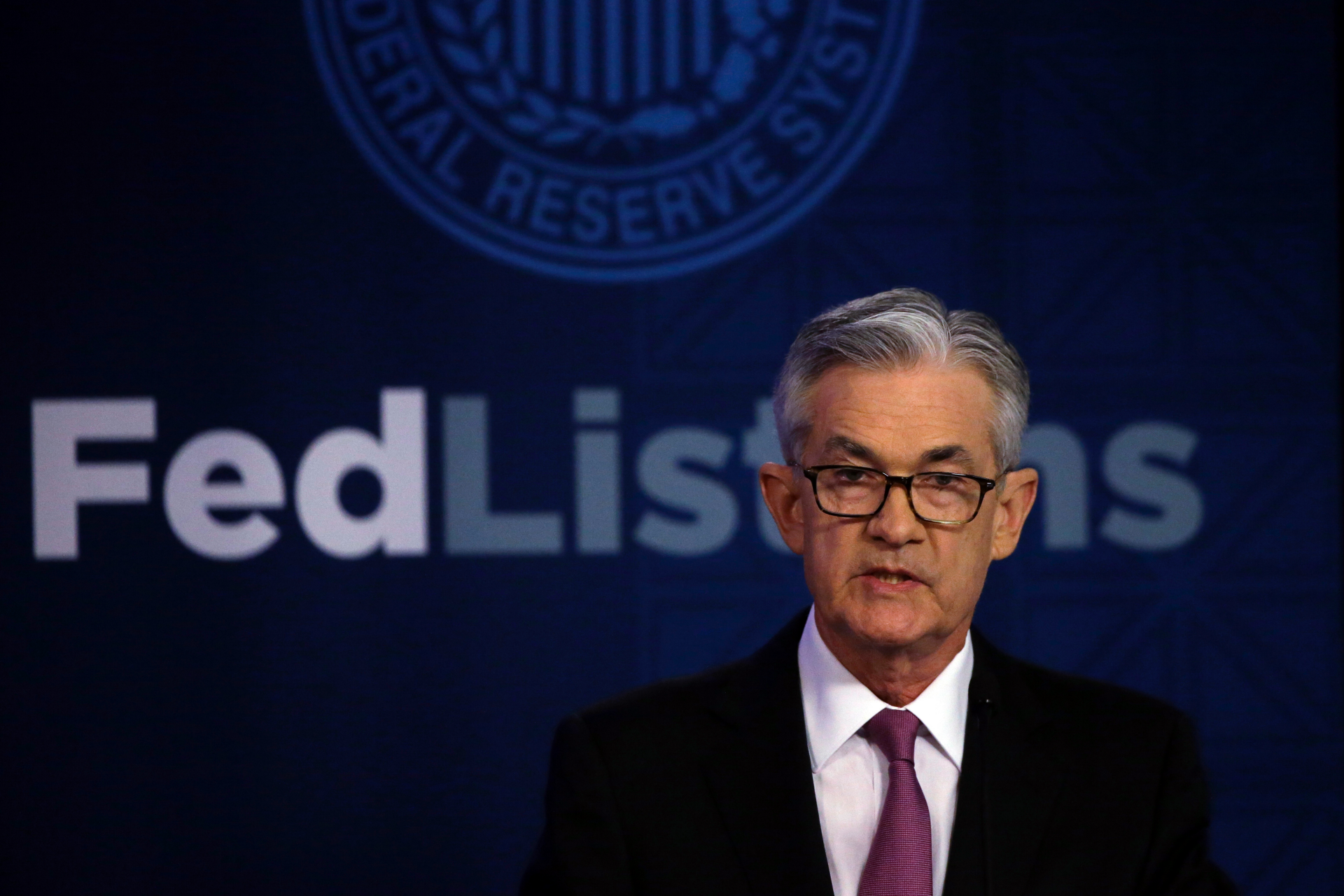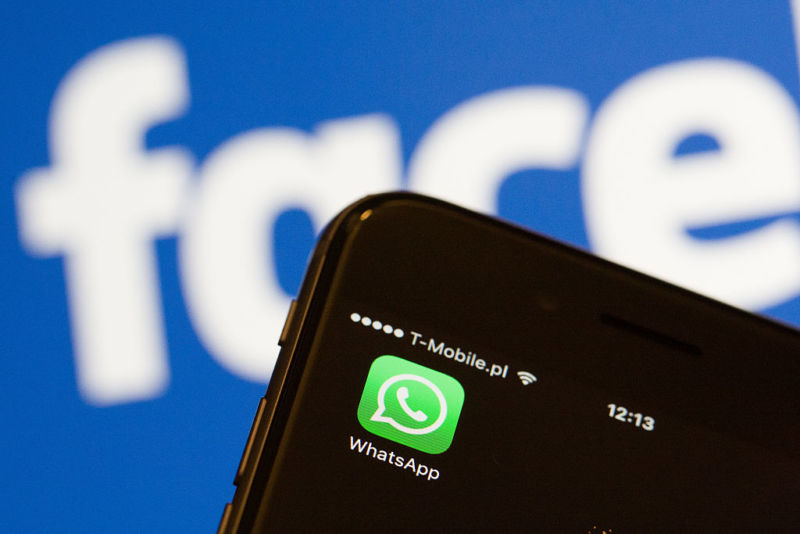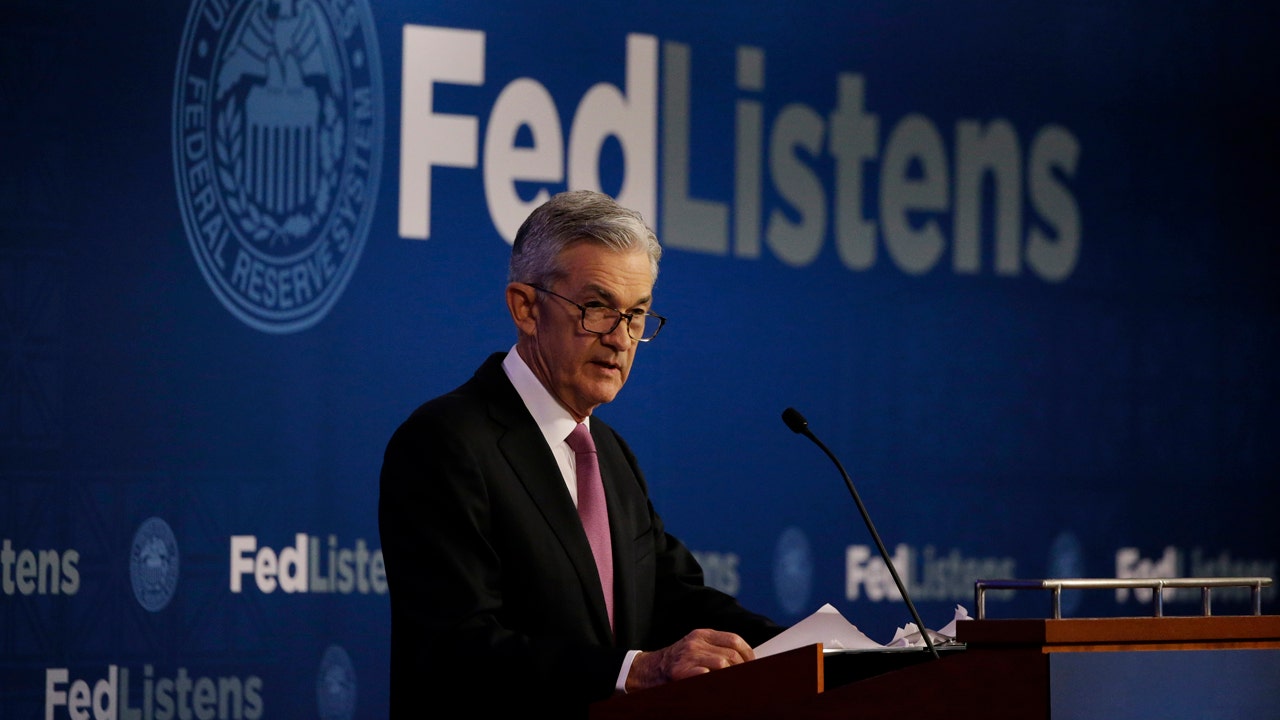
Democratic presidential candidate Sen. Bernie Sanders speaks during a 2015 rally to push for a raise to the minimum wage to $15 an hour. Andrew Harnik/AP hide caption
Bernie Sanders may not have his usual adoring crowds at his Wednesday campaign stop. That's because he'll be speaking to Walmart shareholders at their annual meeting.
The Vermont senator and 2020 Democratic presidential candidate will present a proposal aimed at giving workers representation on the company's board, echoing a policy he is reportedly working on. (Elizabeth Warren has released a similar policy.)
On Tuesday afternoon, Sanders released a statement criticizing Walmart for issues beyond worker representation on the board.
"It is time for Walmart to pay all of its workers a living wage, give them a seat at the table, stop blocking them from joining a union and allow part-time employees to work full-time jobs," he said.
It's not just Sanders; this is an example of a tactic that has gained traction in the 2020 presidential race, of candidates calling out specific companies in their campaigning and their policies.
Sanders is presenting the resolution on behalf of Cat Davis, a Walmart worker and shareholder, and a leader of the group United for Respect, which aims to protect workers' rights at large corporations.
The proposal would require that the board include hourly associates on its lists of potential new members. Sanders will have three minutes to present the resolution, and it will be put to a vote on Wednesday. The resolution is not expected to pass.
Candidates vs. corporations
Sanders in 2018 already took aim at Walmart with the Stop WALMART Act — "WALMART" here standing for "Welfare for Any Large Monopoly Amassing Revenue from Taxpayers." That bill would have stopped large employers from undertaking stock buybacks unless they take particular steps to boost workers, like paying them at least $15 an hour.
He's introduced another bill with a pointed acronym, the Stop BEZOS Act (That is, "Stop Bad Employers by Zeroing Out Subsidies") — a title aimed at Amazon CEO Jeff Bezos. That bill would tax large employers for the social safety net programs, like food stamps, that their workers use.
Technology firms have also come under scrutiny among candidates, as they are under scrutiny on Capitol Hill. Sen. Elizabeth Warren, D-Mass., in March released a plan to break up big tech companies, with the aim of allowing smaller companies to thrive. In her unveiling, she called out particular companies by name.
"My administration will make big, structural changes to the tech sector to promote more competition — including breaking up Amazon, Facebook, and Google," Warren wrote in a March Medium post. Since then, Sanders and Hawaii Rep. Tulsi Gabbard have voiced support for her plan.
In addition, strikes at the grocery store chain Stop and Shop drew support from candidates including Warren, South Bend Mayor Pete Buttigieg, Minnesota Sen. Amy Klobuchar and former Vice President Joe Biden. Similarly, strikes at McDonald's restaurants have drawn support from multiple candidates.
Rising populism on display
Democratic candidates did take aim at corporations in the 2016 campaign — Bernie Sanders took aim at McDonald's for its wages. Both he and Hillary Clinton did join striking Verizon workers in 2016.
"We were always struggling with, 'How do you make policy tangible?'" said Amanda Renteria, political director for the 2016 Clinton campaign. "And that's a really easy way to do so. People know what Walmart is. People have a conception about it."
But Clinton rarely referenced specific companies negatively on the 2016 campaign trail.
"That really wasn't her style," said Renteria.
It's a tactic that relatively few major candidates have made central to their campaigns in recent years. But the willingness to aggressively call out big companies was arguably long in coming.
"I feel like the political moment we're in is really an outgrowth of really the worker militancy that started in 2012, 2013," said Joseph Geevarghese, executive director of Our Revolution, an advocacy group that grew out of Sanders' 2016 presidential run.
He's talking about walkouts among fast food workers and other low-wage workers that took place in those years (at the time, he was at worker-advocacy group Good Jobs Nation).
Those walkouts themselves had a variety of even older potential causes, he added – long-building inequality; a long, slow recovery from the Great Recession; and the subsequent Occupy Movement, for example.
But whatever the path, the culmination is a political atmosphere where anger is a dominant emotion — and something President Trump has modeled, as well as liberal figures.
"We have been in a populist moment over the last six, seven years," Geevarghese said. "I think Occupy, the strike wave, those are all symbols of that. But I also think Donald Trump is a symbol of the populist wave, at least when it comes to his willingness to go after companies like GM, companies like Carrier."
For her part, Renteria credits Sanders and Warren with having popularized tough anti-corporate rhetoric as a campaign strategy. But she also cautions that it might not work for everyone.
"For somebody like Elizabeth Warren, she has been in this space since the beginning of her career, and so for her it's just validating her brand," Renteria said.
That means calling out Amazon or Walmart seems authentic for candidates like Sanders, Warren and Trump. It might not have for a candidate like Hillary Clinton, and could be a stretch for other Democrats running in 2020.
"I think if other candidates were to take a look at this and go, 'Wow, I can do it too. It makes whatever policy I'm working on more concrete,' that could backfire," Renteria said.
In addition, there's the simple possibility that this kind of rhetoric could create powerful corporate enemies for a candidate at a time when unlimited money is pouring into the coffers of superPACs.
But then, an event like the Walmart shareholders' meeting does allow a candidate to have a media moment that an ordinary policy release might not create. And that's particularly important in a field of about two dozen candidates.
Walmart is one of NPR's financial sponsors.
https://www.npr.org/2019/06/05/729735727/from-amazon-to-walmart-2020-candidates-take-on-big-corporations-by-name
2019-06-05 10:50:36Z
52780309120907






